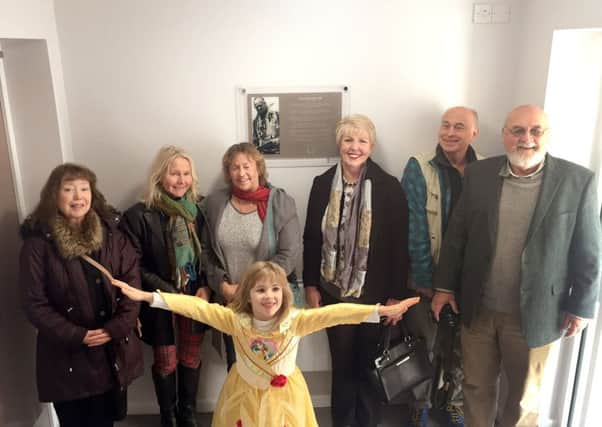Building named after Mary Rose discoverer


Alexander McKee, the author, historian and amateur diver, led a team that found the Tudor warship in 1966.
Now Portsmouth City Council has opened an assisted living housing block in North Street, Portsea, named Alexander McKee House.
Advertisement
Hide AdAdvertisement
Hide AdOne of Mr McKee’s sons had learning difficulties and died in 2001.
Family and friends of Mr McKee, who died aged 73 in 1992, visited the accommodation, where a plaque marks his achievements.
They were shown around by Councillor Linda Symes, cabinet member for culture, leisure and sport, and supported housing business partner Alison Cloutman.
Mr McKee’s family and friends then enjoyed tea with the Lord Mayor of Portsmouth, Cllr David Fuller.
Advertisement
Hide AdAdvertisement
Hide AdSpeaking after the tour, Cllr Symes said: ‘It is very fitting that this building, only a stone’s throw from the ship’s final resting place in the Mary Rose Museum, is named after Mr McKee.
‘We are proud to play a part in making sure his achievements are remembered.’
Mr McKee, together with the Southsea branch of the British Sub-Aqua Club, launched a project searching for wrecks in 1965 hoping to find the Mary Rose.
He had discovered an ancient chart showing the ship’s approximate position in the Solent.
Advertisement
Hide AdAdvertisement
Hide AdSonar scans then revealed an unidentified shape below the seabed.
Then in 1968, the team probed the seabed and found timber around six feet down.
Later they raised a Tudor cannon, proving the ship was the Mary Rose before she was then finally brought up in 1982. Mr McKee received an OBE for his efforts.
His son, also called Alexander McKee, said: ‘He talked about the Mary Rose quite a lot, from what I remember; I was young and didn’t quite understand, but he was very fired up about it.
‘The end result is exactly what he would have wanted and then so much more.’